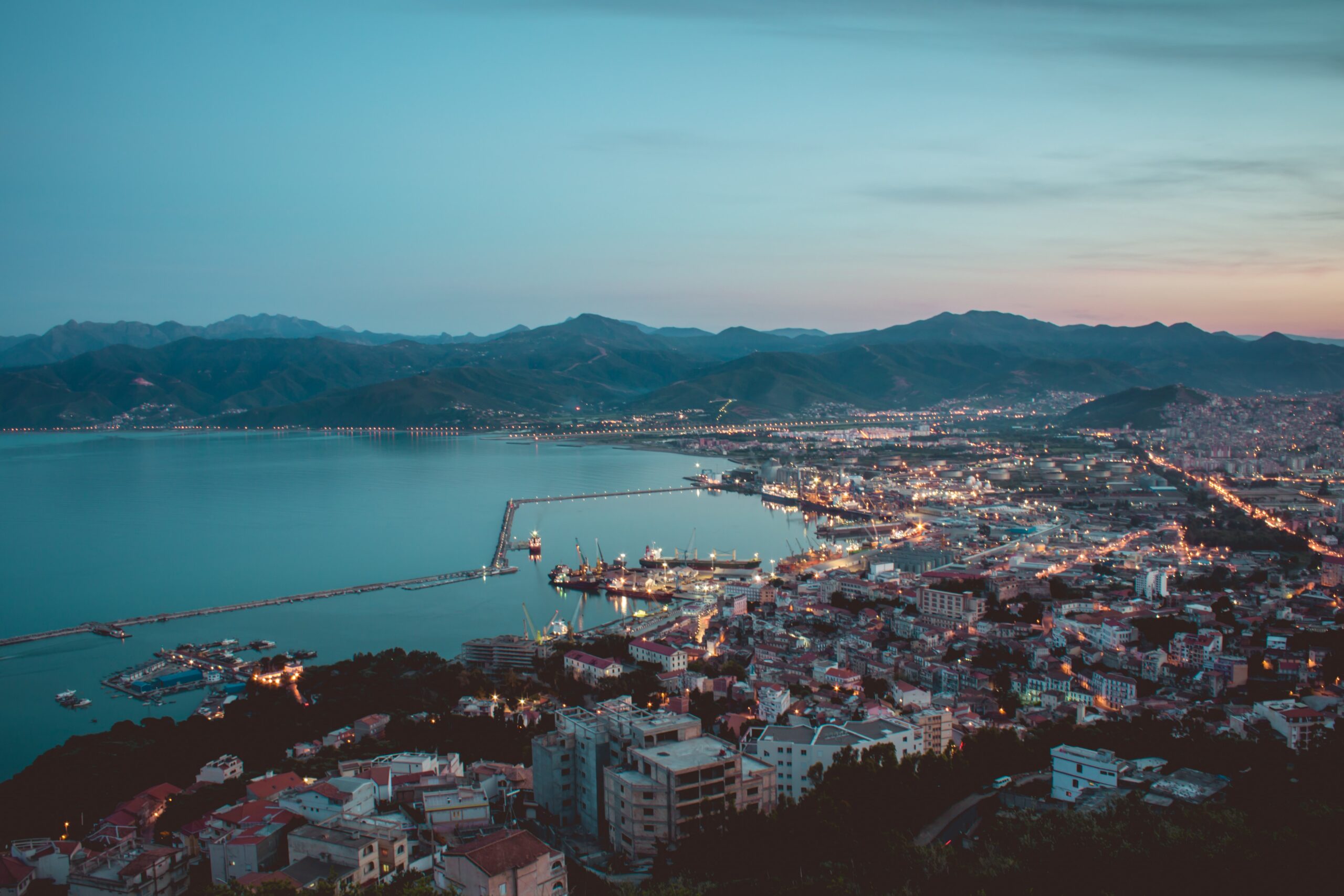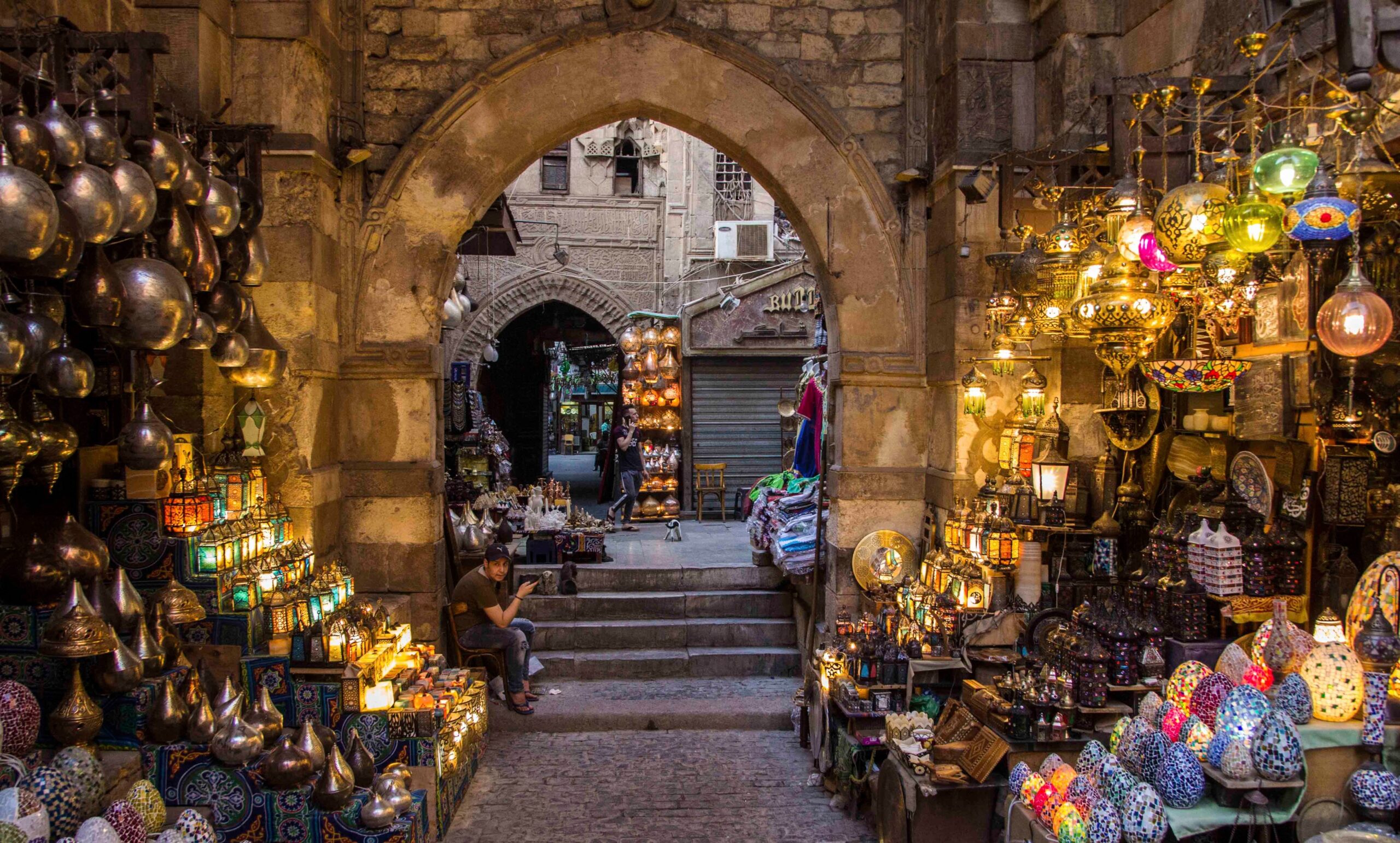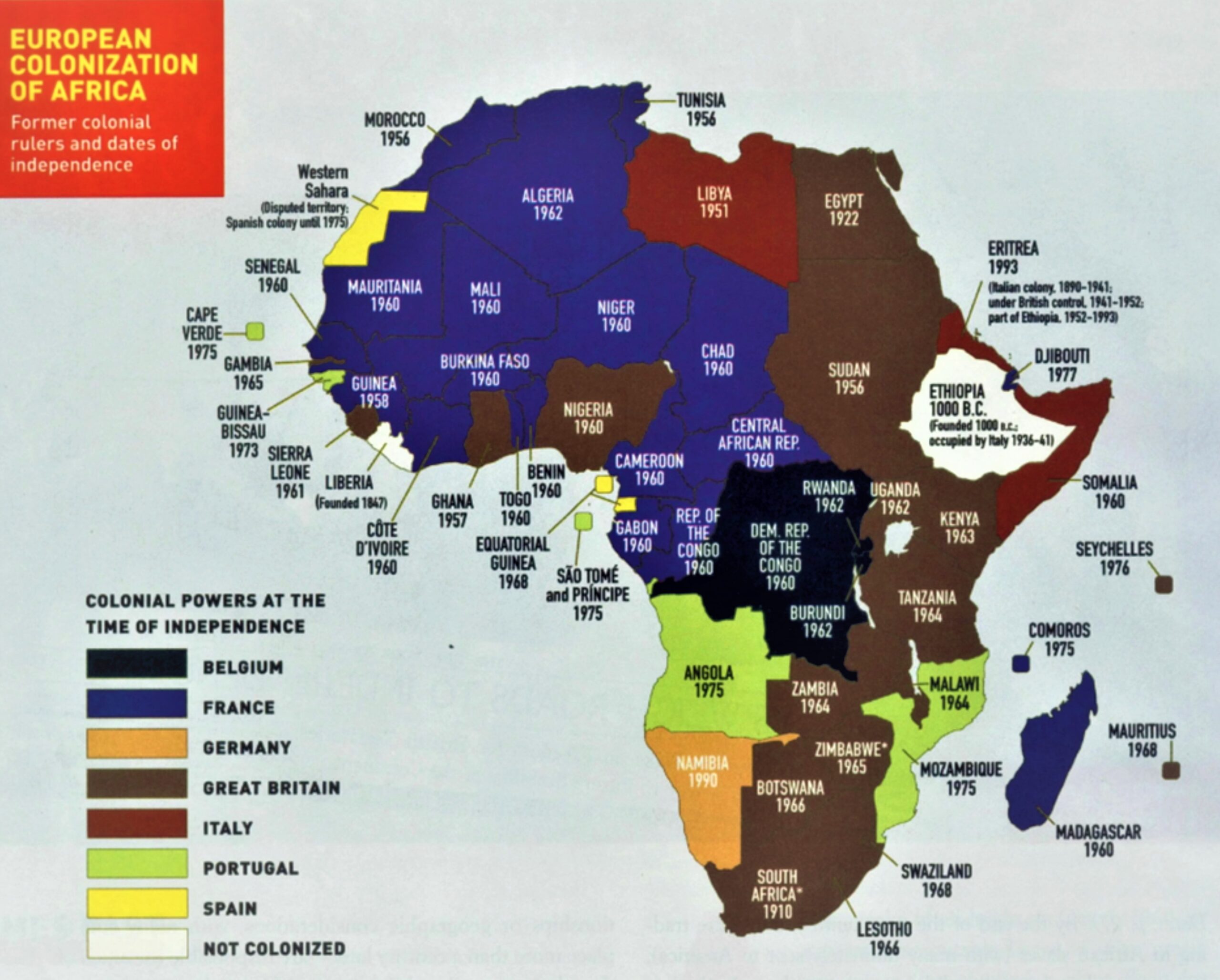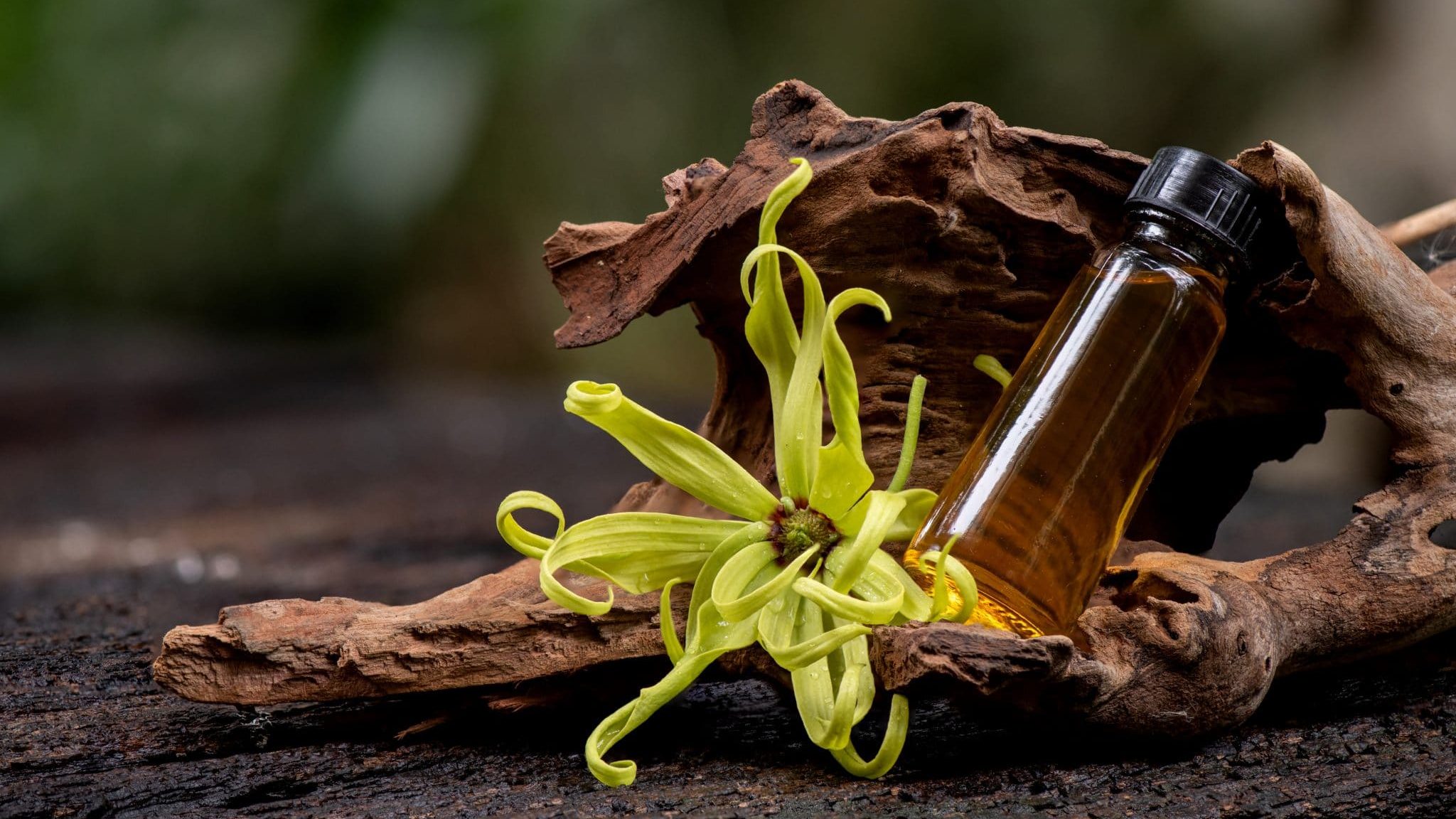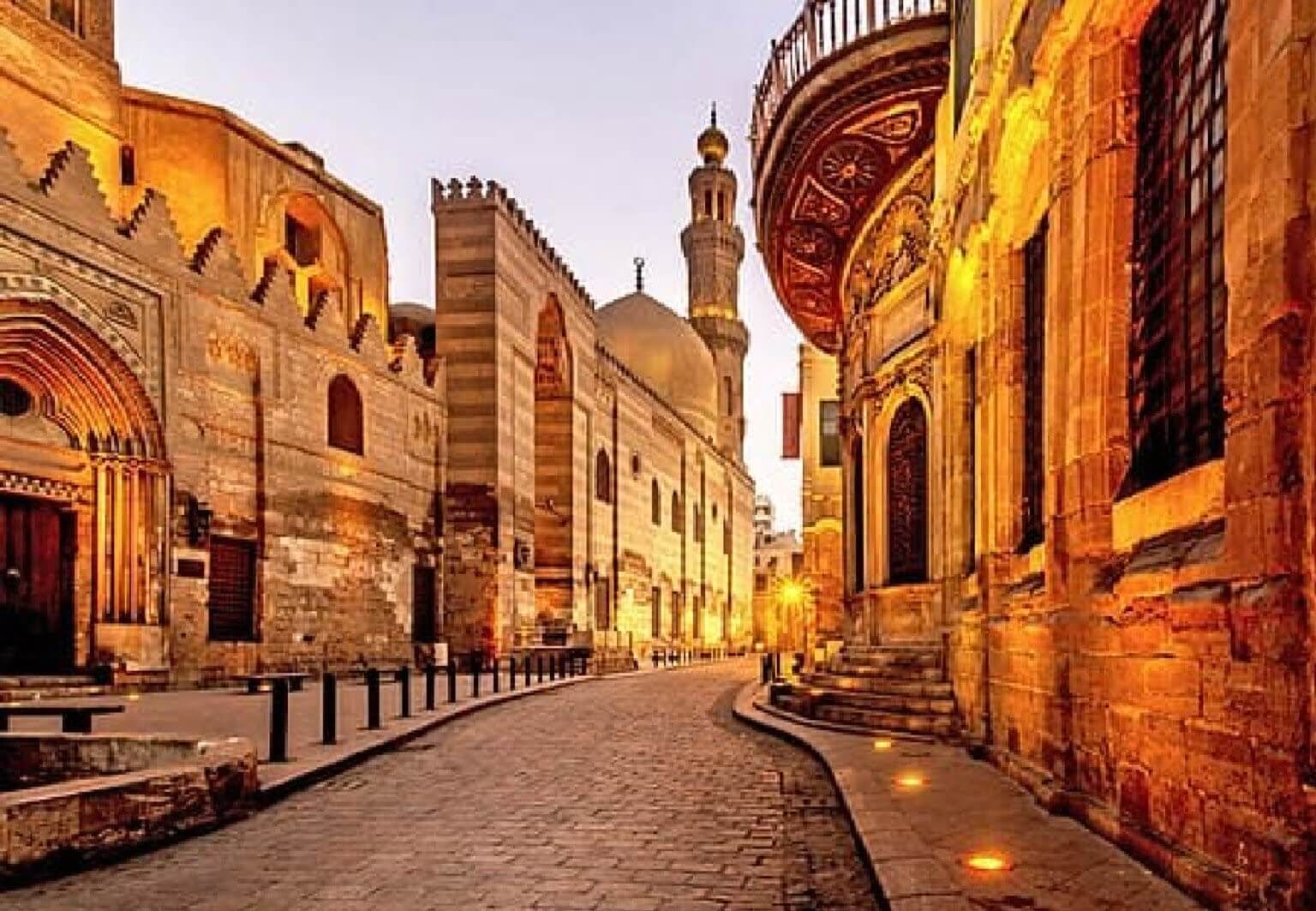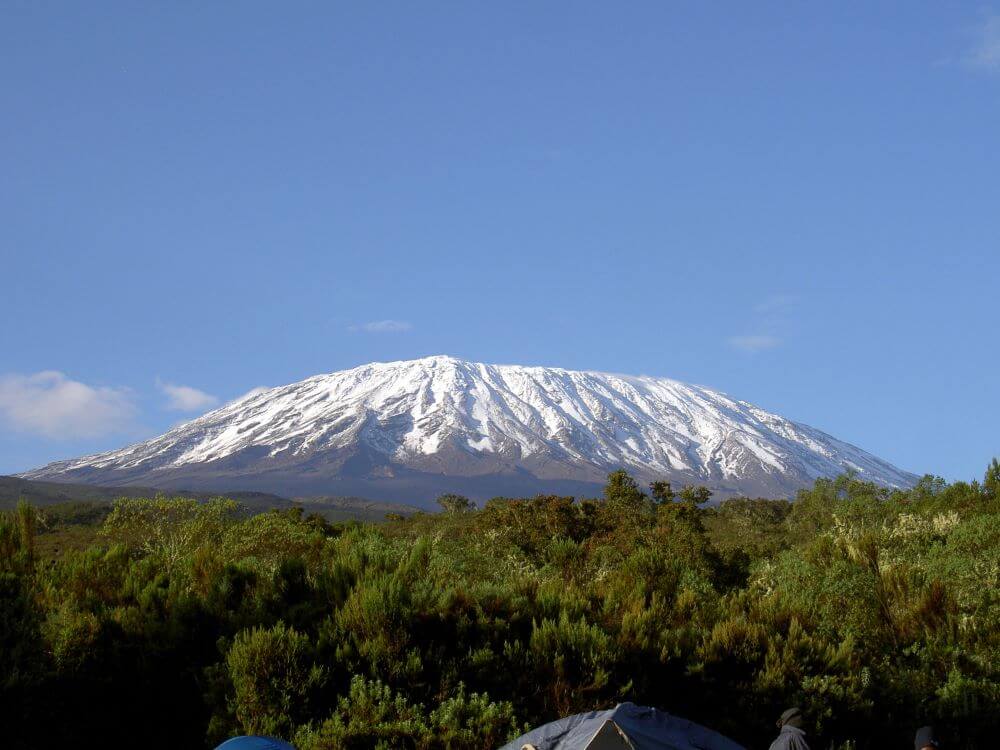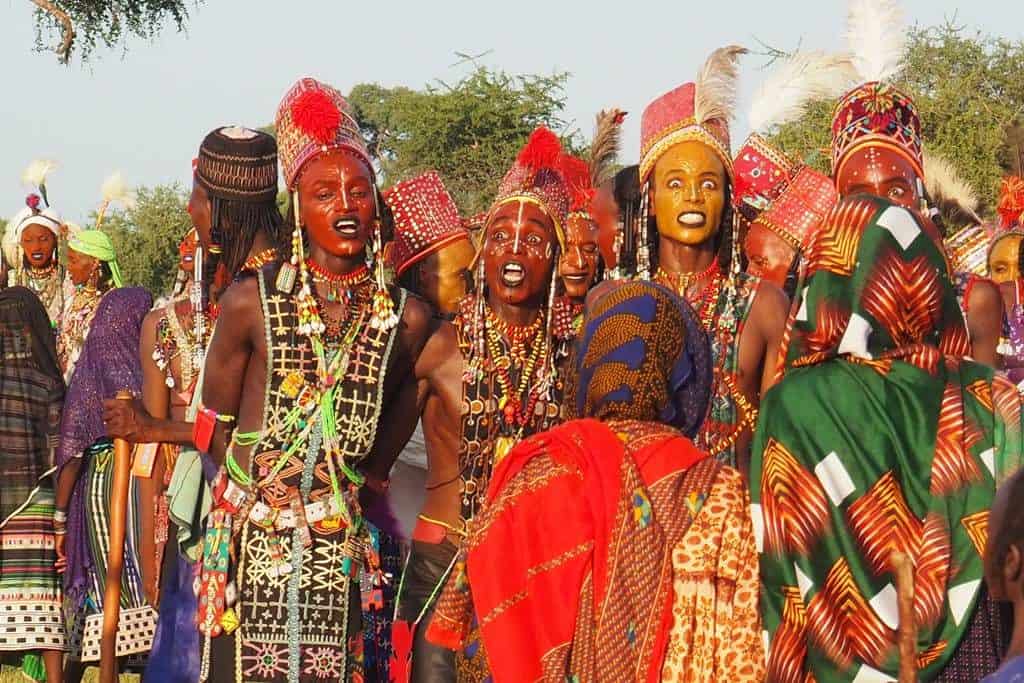Africa’s history, marked by colonization by various European powers, has left a profound impact on the continent. The traces of this era can be seen in the architecture, food, fashion, language, and even the way Africans perceive the world. Despite the dark history of exploitation, Africa today stands as a testament to its resilience and cultural diversity, making it one of the most beautiful and intriguing continents to explore.
The allure of Africa extended beyond its economic value; its breathtaking natural landscapes along the Mediterranean, Nile, Zambezi, Atlantic, and Sahara regions also drew explorers and conquerors. Nearly every country in Africa experienced foreign control during the period known as “The Scramble for Africa,” with Liberia being the exception, established by freed slaves from the United States.
French colonial expansion in Africa began in the 17th century, gaining momentum in the 19th century with invasions and conquests across West and Equatorial Africa. By the early 20th century, France had established twenty colonies across the continent. The struggle for independence eventually led to the liberation of most French territories in sub-Saharan Africa.
Britain held the largest number of colonies in Africa, starting with the taking of Bunce Island in Sierra Leone in 1748 to enhance control over the slave trade. In the 1800s, British influence expanded from the European trade ports on the Gold Coast to intervening in the politics of Nigeria. Their territories extended to the interior of Africa, covering regions like Gambia, Uganda, Kenya, and others.

Arab traders had long-established trade networks with African kingdoms, dealing in ivory and gold. However, Portuguese colonization in the sixteenth century drove away Arab settlers and replaced them with their own trade monopoly in cities like Zanzibar and Kilwa.
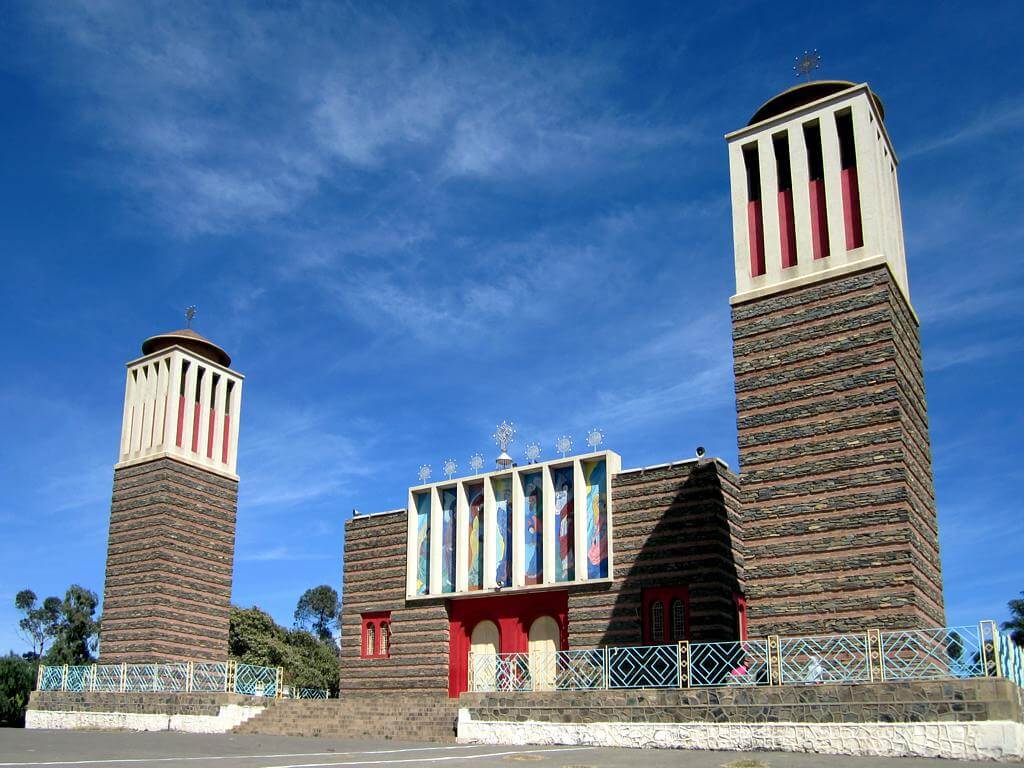
Italy’s colonial endeavors in Africa included territories such as Libya, Ethiopia, Eritrea, and Somalia, though only Ethiopia is recognized today as a former Italian colony.

Spain’s presence in Africa was notable in northwest parts, especially around Morocco, as well as the Canary Islands and Equatorial Guinea.
Despite the scars left by colonialism, modern-day Africa stands strong with its rich heritage evident in its architecture, art, religion, literature, and cuisine. African culture has evolved, incorporating both traditional elements and influences from the colonial period. African resistance and cultural resilience have played significant roles in preserving its identity.
Languages spoken across Africa reflect the influence of colonial powers, with Portuguese, Spanish, English, Italian, and French being widely used.

Gastronomic cultures in African countries have been shaped by the colonial European countries, resulting in unique culinary blends that showcase diverse flavors and ingredients.
African history and culture are a kaleidoscope of experiences that make the continent a fascinating and enriching destination for travelers. While colonization may have left indelible marks, Africa’s heritage and vibrant spirit shine through, making it a treasure trove of history and diversity.
Captions
Enda Mariam Cathedral, Eritrea
Elmina Castle, Ghana
Today a major attraction in Ghana, Elmina Castle, originally Castelo de São Jorge da Mina, was built by the Portuguese in 1482. It became a crucial trade post and later a major hub of the Atlantic slave trade. The Dutch took over in 1637, and Britain gained possession in 1872.
Imane Ayissi Couture, Cameroon
Imane Ayissi, a designer with a dual African and French culture, dressed world-renowned dancers and choreographers while crafting his unique line of dresses. His pieces blend diverse textures, colors, and avant-garde silhouettes, creating a captivating paradox.
Mellila, Morocco
Situated on North Africa’s Mediterranean coast, Melilla, a small Spanish city, stands as an architectural enigma. This early Modernist marvel exhibits closer architectural resemblance to Barcelona than to North Africa.
Puff Puff, Nigeria or Magwinya, Zimbabwe
Magwinya, a deep-fried donut, is a popular treat in Zimbabwe and South Africa. In West Africa, it goes by different names like Puff Puff in Nigeria or Bofrot in Ghana. This delightful snack has its origins in British cuisine and is made using self-rising flour, salt, baking powder, sugar, milk, and water.
1621px-Ilha_de_Mocambique
Enchanting Island of Mozambique – A UNESCO World Heritage Site
Fortaleza de São Sebastião


